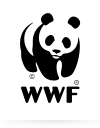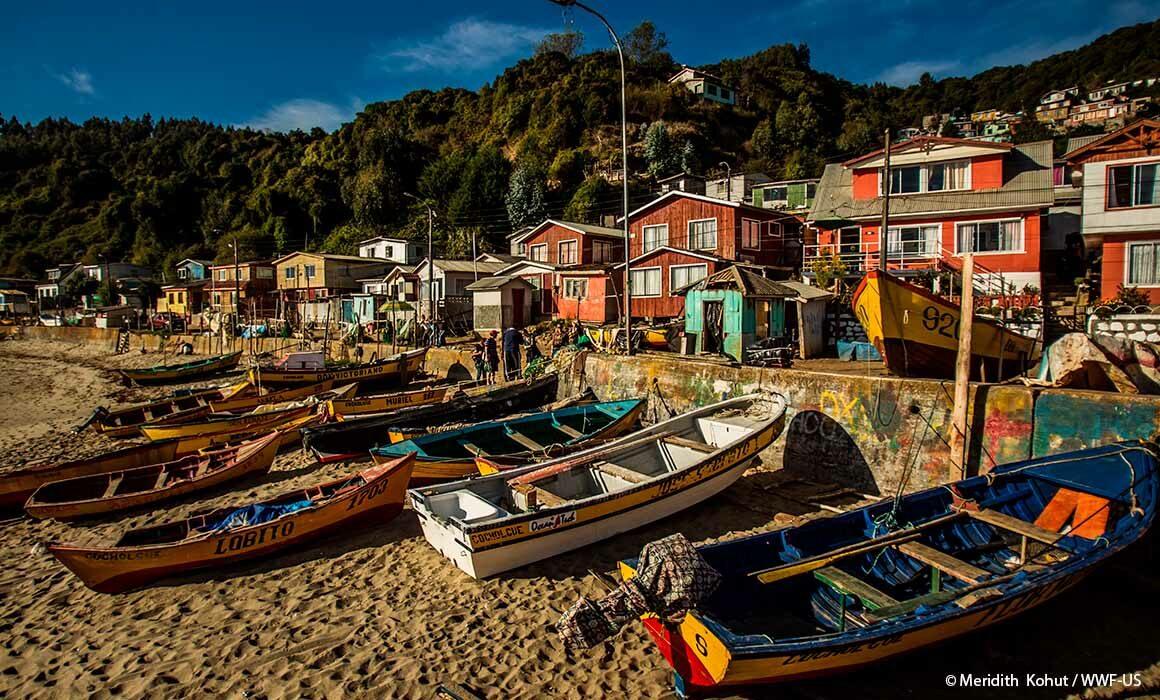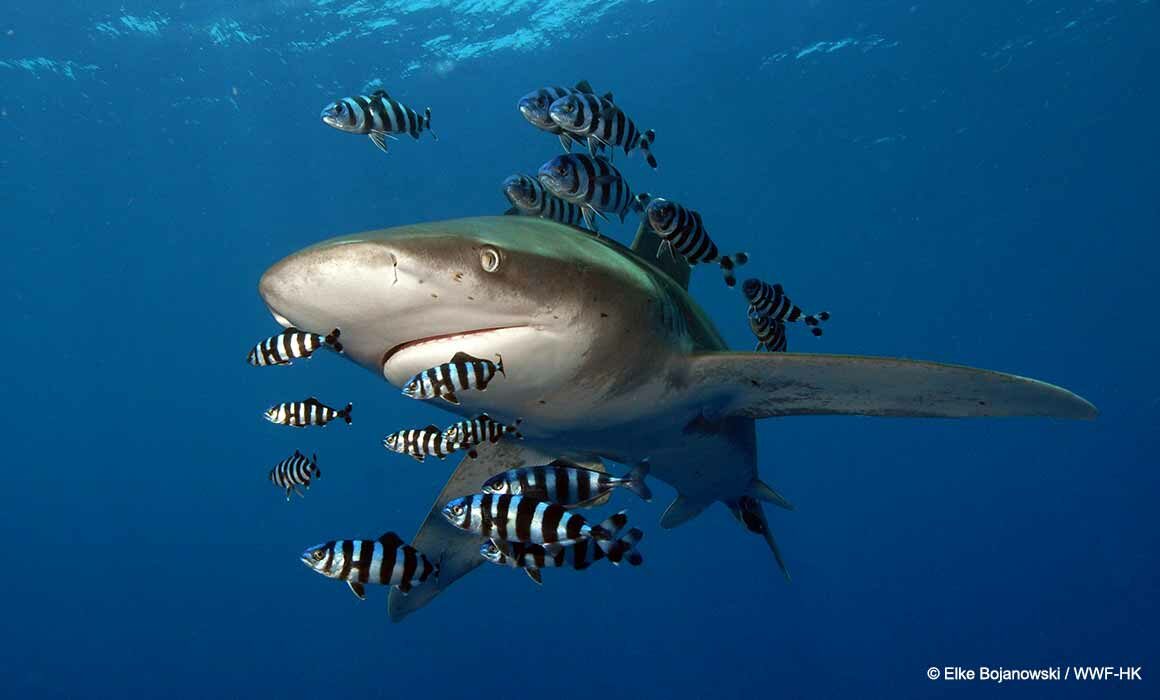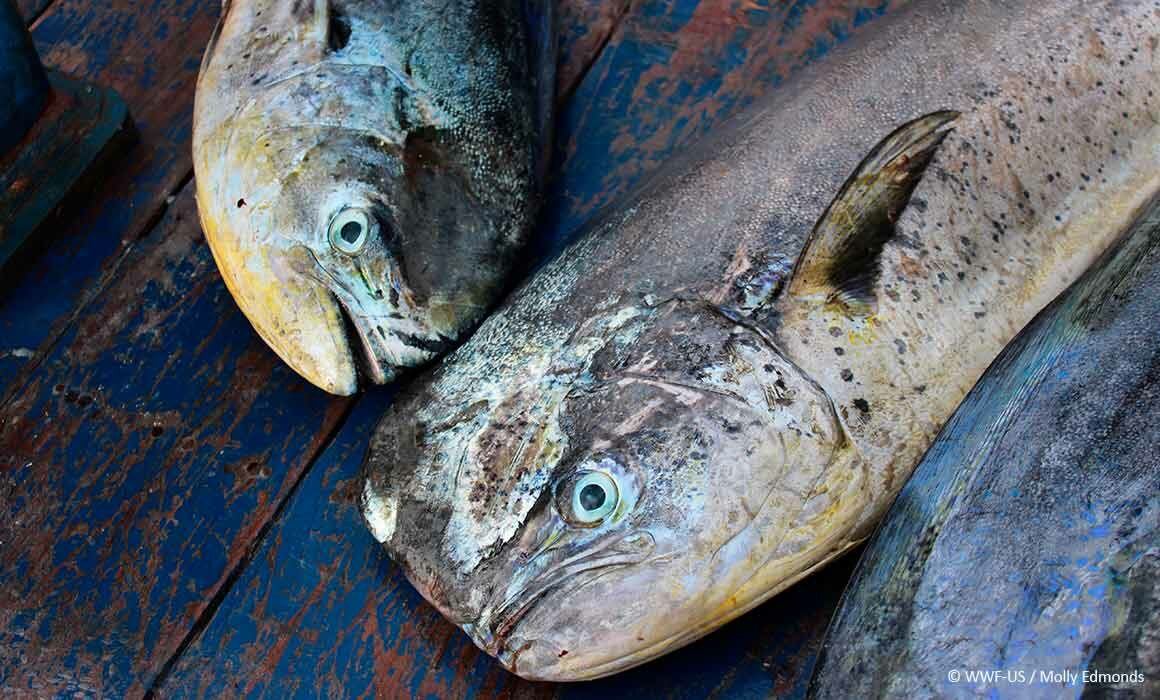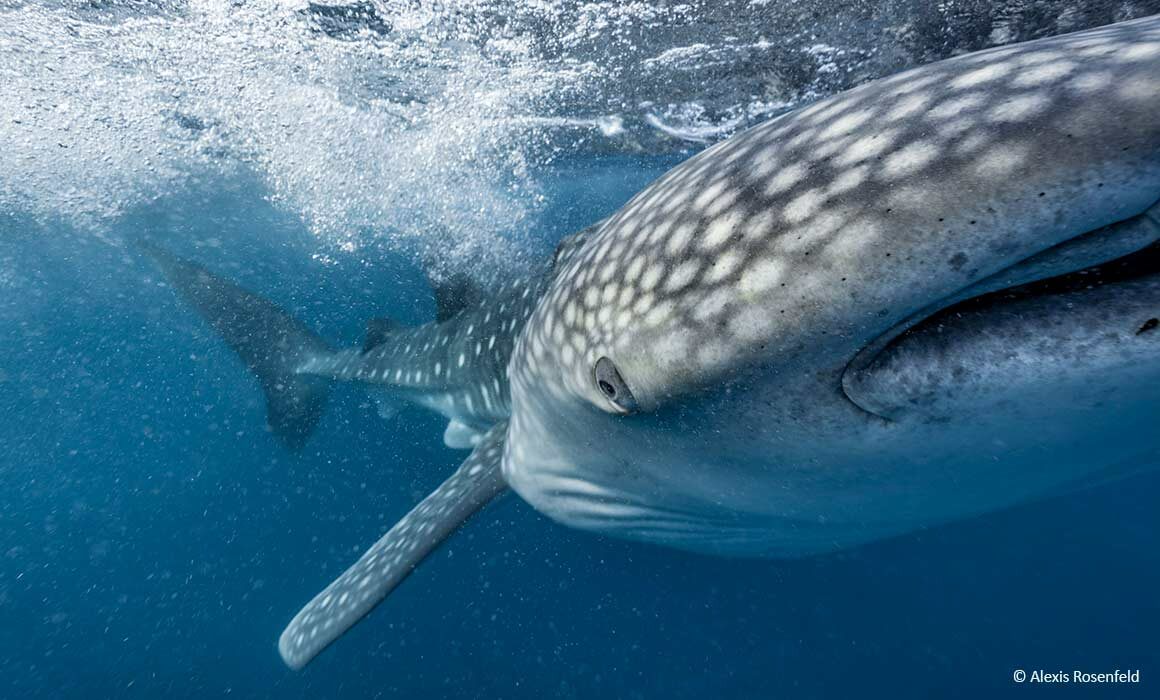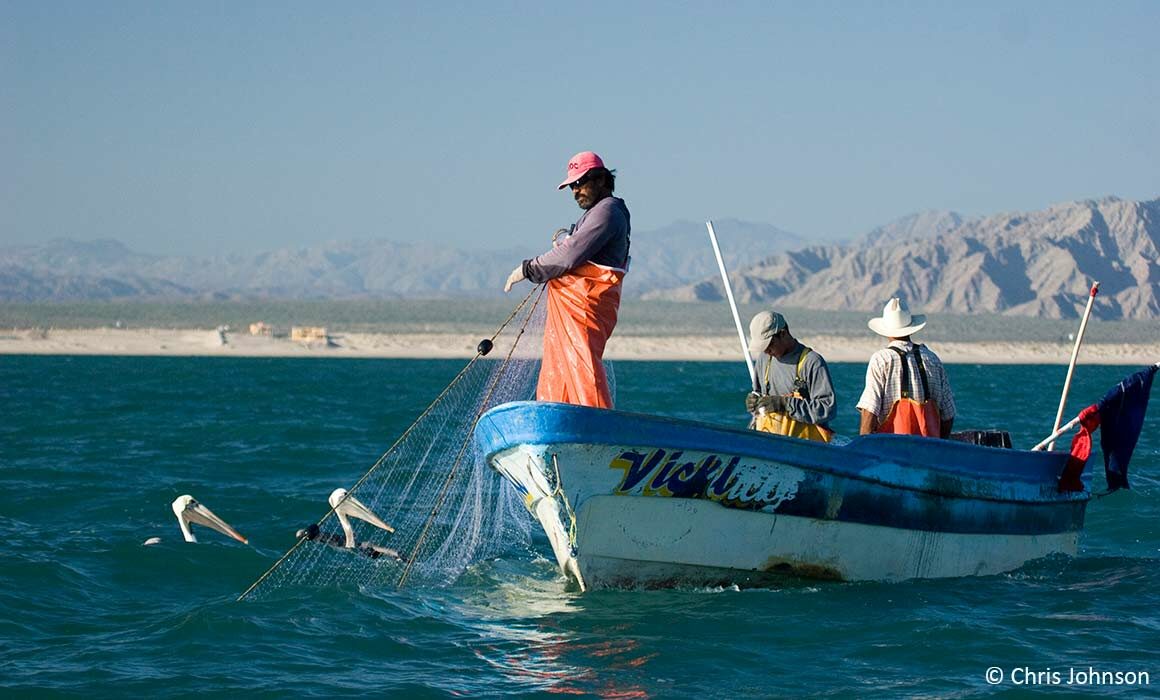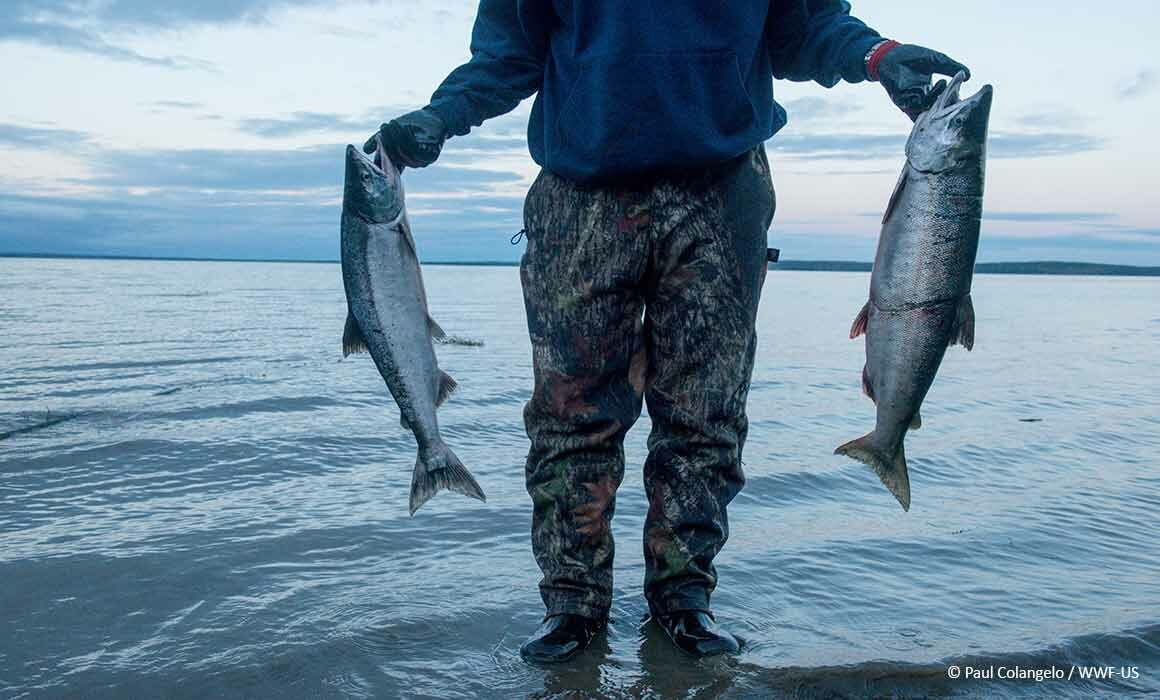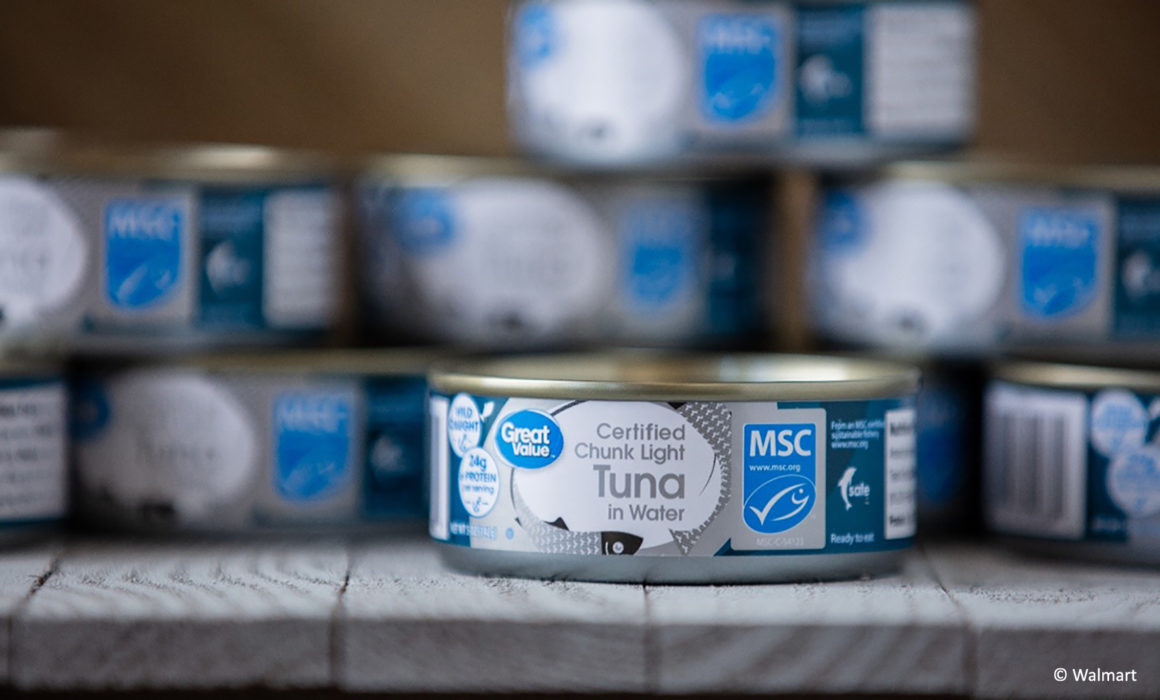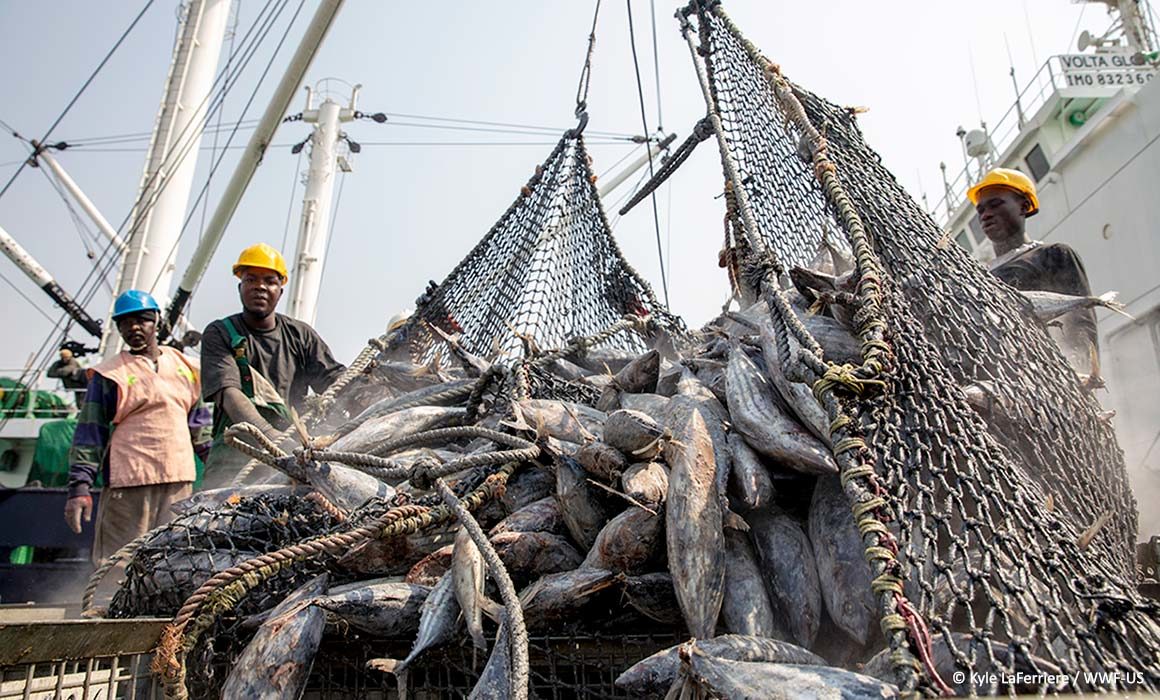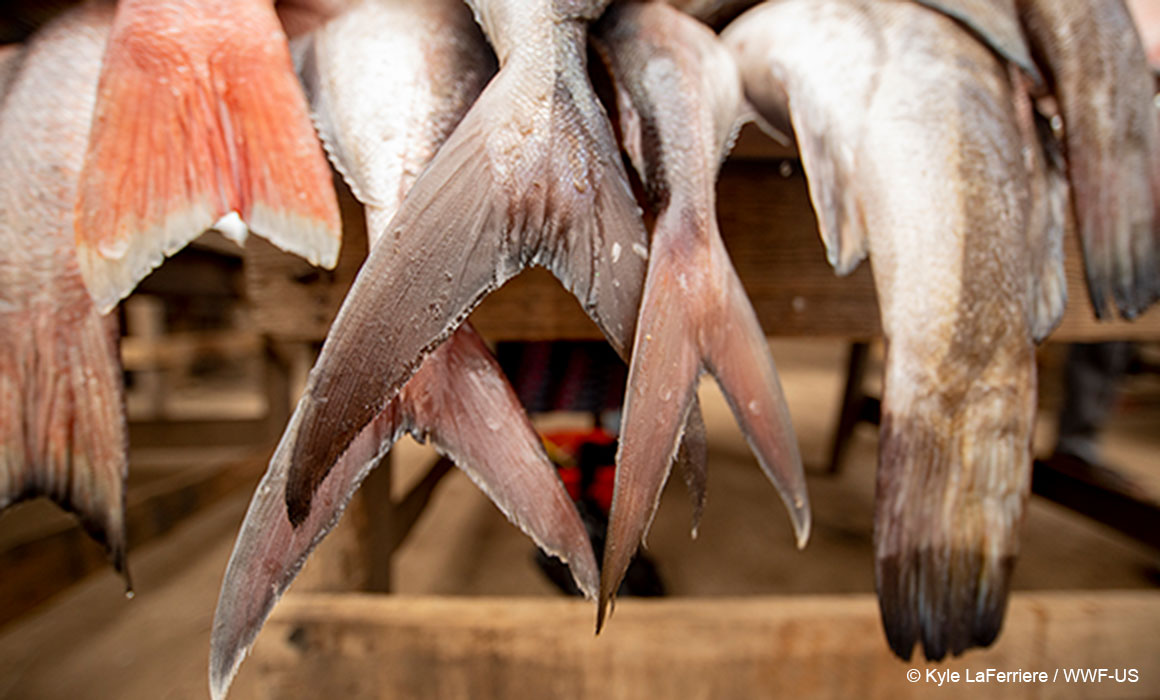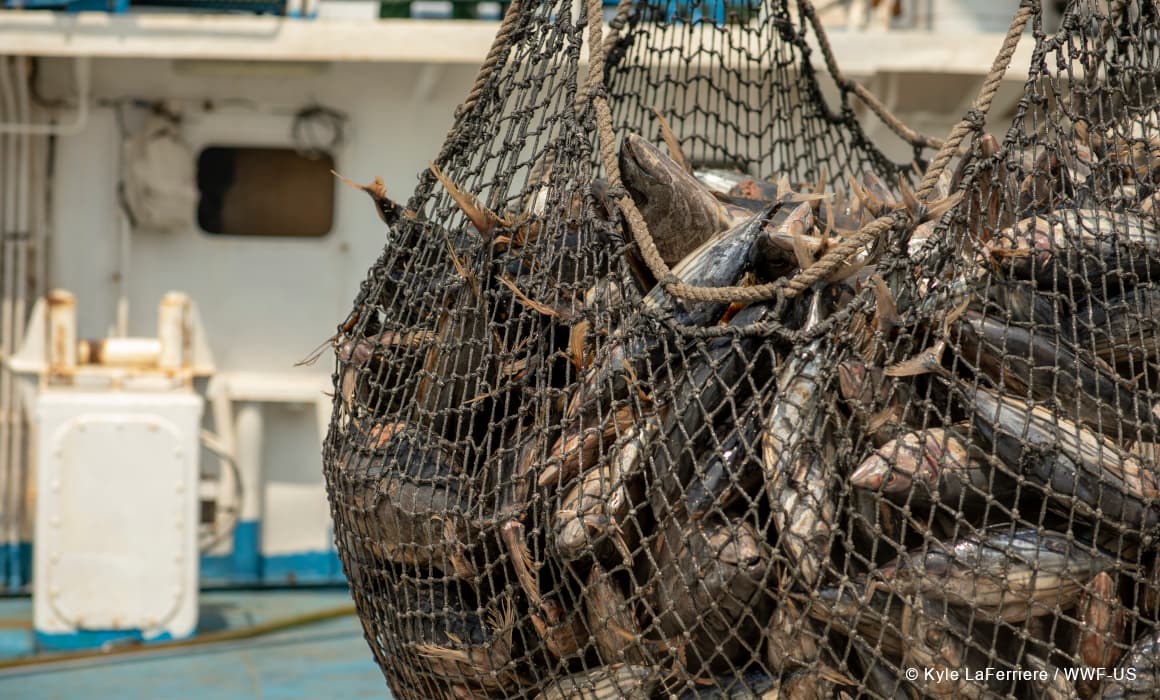Sustainable finance is critical to scaling the transition towards more sustainable fisheries. New sustainable, efficient, equitable, and cost-effective models are needed to lead the way towards the establishment of a sustainable blue economy. To respond to this need, World Wildlife Fund (WWF), in partnership with Finance Earth (FE) and through a multi-stakeholder collaboration, designed and launched a new financing mechanism aimed at fishery transition. Finance Earth, a leading impact investment advisory and fund manager with a track record in break-through social and environmental financing models, will establish and manage this new mechanism – the Fisheries Improvement Fund (FIF). The ambition is to catalyze more than $100 million in investment in fisheries improvement by 2030. This model, designed in collaboration with leading industry players, will unlock new pathways to fund global fisheries recovery at a scale that can match the size of the challenge.
World Wildlife Fund (WWF) and Amyris, a leading synthetic biology company, announced a new three-year partnership aimed at leveraging science to protect ocean biodiversity with an initial focus on shark populations. This new partnership will support WWF’s global efforts to reverse the downward trends that threaten biodiversity and human well-being by repairing, restoring, and protecting the oceans.
The Peru Mahi Alliance (PMA), a pre-competitive partnership of 13 Peruvian mahi mahi companies, will be launched officially on March 14th at the Seafood Expo North America (SENA) in Boston, with the presence of major U.S. buyer companies. PMA represents almost 80% of Peru’s mahi mahi exports to the US and is committed to advancing the Peru mahi mahi Fishery Improvement Project (FIP) through activity implementation, political advocacy efforts, and funding.
Seafood buyers can now access the WWF Endangered Seafood Guide to at-risk freshwater and marine species in seafood procurement in four different languages. In addition to the original English version, Spanish, Japanese, and Chinese editions are available for free to download. The goal is to help global seafood industry identify and remove problematic species from their supply chains.
Seafood buyers are under increasing pressure to assess and address human rights risks throughout their value chains. In May, FisheryProgress (FP) launched a new Human Rights and Social Responsibility Policy following conversations amongst stakeholders in the seafood movement about improving social responsibility in Fishery Improvement Projects (FIPs). The new policy aims to reduce human and labor rights abuse risks within FIPs and to provide a common framework for reporting on social performance in fisheries.
Bristol Bay, Alaska is one the most pristine ecosystems in North America and home to the iconic sockeye salmon species. For nearly two decades, a national coalition of Alaskan Natives, commercial fishermen, conservation groups and other actors have been fighting to save Bristol Bay from the proposed Pebble Mine. Although the developer’s permit was denied and the project paused in 2020, large-scale mining continues to be a risk. Today, your business can provide permanent protection for what is often called America’s fish basket.
Bristol Bay is synonymous with commercial fisheries, but without permanent protection from projects like the Pebble Mine Bristol Bay’s future is at risk, creating economic uncertainty for salmon supply-chains and businesses. Over the last few years, major retailers and businesses in the seafood supply chain have stepped up to engage and voice their support for protecting Bristol Bay, including Publix, Whole Foods Market, Hy-Vee, Orca Bay Foods, Seattle Fish Co, Silver Bay Seafoods, and Pacific Seafood Processors Association, among others.
In honor of World Oceans Day, Walmart announced as of July 2020 its Great Value brand canned tuna will be fully sourced from Marine Stewardship Council (MSC) certified fisheries, based on supplier reports, or from credible, time-bound Fishery Improvement Projects (FIPs). This announcement aims at providing its customers with greater access to canned tuna that supports healthier oceans and fishing communities.
The tuna industry provides job security for hundreds of thousands of people and contributes to the food security of millions more. An inter-connected network of people make up the sector and span the world. In places like Ecuador, the people who harvest fish work side-by-side with those who collect data about it, and those who work at the port in Guayaquil rely on the people who process fish landed there. When these groups work together, they can accomplish great things, including long-term environmental sustainability.
Over the past three years, WWF has helped lead the Global Dialogue on Seafood Traceability (GDST) to help establish the first-ever comprehensive industry standards for seafood traceability. With more than five dozen companies from around the world and across seafood supply chains sitting at the table, the GDST is drafting standards that will dramatically improve the efficiency, reliability, and affordability of tracking seafood, helping businesses obtain and share the information they need about the origins of seafood products. That will lead to more transparent and reliable seafood supply chains, as consumers increasingly demand and as governments increasingly require.
Are you a FisheryProgress subscriber who follows fishery improvement project (FIP)? Can’t wait to see how your favorite FIPs are coming along? If so, you’re in luck! If so, you will soon receive the latest updates directly to your inbox. Starting October 31st, users following FIPs listed on FisheryProgress will receive monthly emails highlighting major changes in those FIPs.
RECENT NEWS
- Investors Prioritize Traceable Seafood as a Way to Combat IUU and Overfishing
- A New Approach for Holistic Fisheries and Aquaculture Improvement
- Kroger: A Sustainability Policy Fit for Business & Planet
- Accelerating Responsible Aquaculture Practices: ASC Launches the Improver Programme
- The road to more sustainable tuna: is scaling within reach?
CATEGORIES
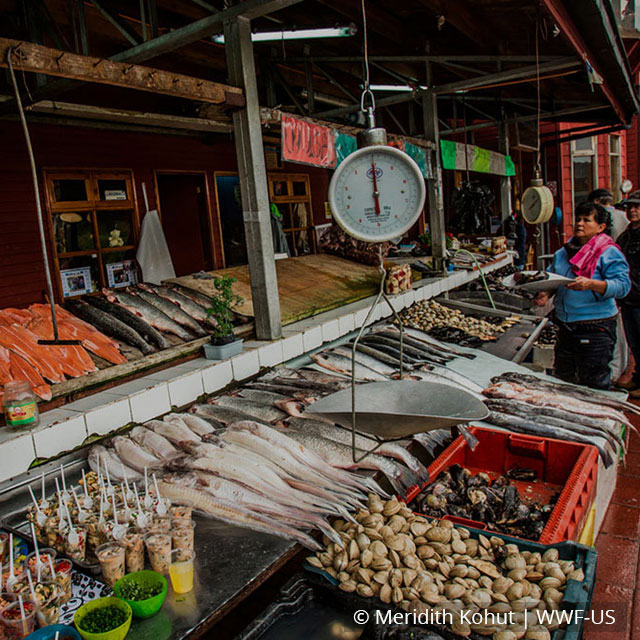
ARCHIVES
- February 2024
- January 2024
- December 2023
- November 2023
- July 2023
- June 2023
- May 2023
- March 2023
- February 2023
- January 2023
- December 2022
- November 2022
- October 2022
- September 2022
- July 2022
- June 2022
- May 2022
- April 2022
- March 2022
- February 2022
- January 2022
- December 2021
- November 2021
- October 2021
- September 2021
- August 2021
- July 2021
- June 2021
- May 2021
- April 2021
- March 2021
- February 2021
- January 2021
- October 2020
- September 2020
- August 2020
- July 2020
- June 2020
- May 2020
- March 2020
- February 2020
- January 2020
- December 2019
- November 2019
- October 2019
- September 2019
- August 2019
- July 2019
- May 2019
- April 2019
- March 2019
- February 2019
- December 2018
- October 2018
- September 2018
- August 2018
- July 2018
- June 2018
- May 2018
- April 2018
- March 2018
- June 2017
- March 2017
- December 2016
- October 2016
- July 2016
- March 2016
- June 2015
- October 2014
